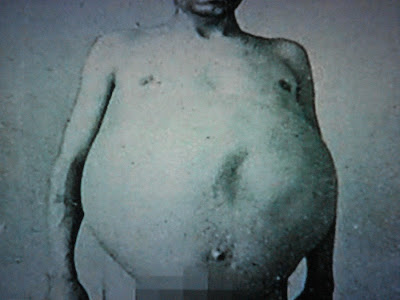 Sunday was not only Valentine’s Day but more importantly in our house it was Chinese New Year. We celebrated the year of the Tiger in Philly’s Chinatown where we unexpectedly watched a Lion Dance parade and enjoyed a late afternoon lunch of food that is suppose to provide good luck, wealth and a long life.
Sunday was not only Valentine’s Day but more importantly in our house it was Chinese New Year. We celebrated the year of the Tiger in Philly’s Chinatown where we unexpectedly watched a Lion Dance parade and enjoyed a late afternoon lunch of food that is suppose to provide good luck, wealth and a long life. Approaching Chinatown we noticed a crowd of people on the corner of 10th and Arch streets, near the China Gate and heard the rhythmic sounds of drums and symbols. Then came a long, loud blast of firecrackers and above the heads of the crowd were large, colorful decorated lion heads bobbing. The parade moved north up 10th Street, made a left at Race Street and then headed north on 11th Street. They stopped several times to dance and light fireworks and visited a few restaurants and bakeries, offering good luck for the year. We followed the parade to 11th and Race streets where we decided to leave to enjoy some good luck food.
Approaching Chinatown we noticed a crowd of people on the corner of 10th and Arch streets, near the China Gate and heard the rhythmic sounds of drums and symbols. Then came a long, loud blast of firecrackers and above the heads of the crowd were large, colorful decorated lion heads bobbing. The parade moved north up 10th Street, made a left at Race Street and then headed north on 11th Street. They stopped several times to dance and light fireworks and visited a few restaurants and bakeries, offering good luck for the year. We followed the parade to 11th and Race streets where we decided to leave to enjoy some good luck food.More pictures follow:































